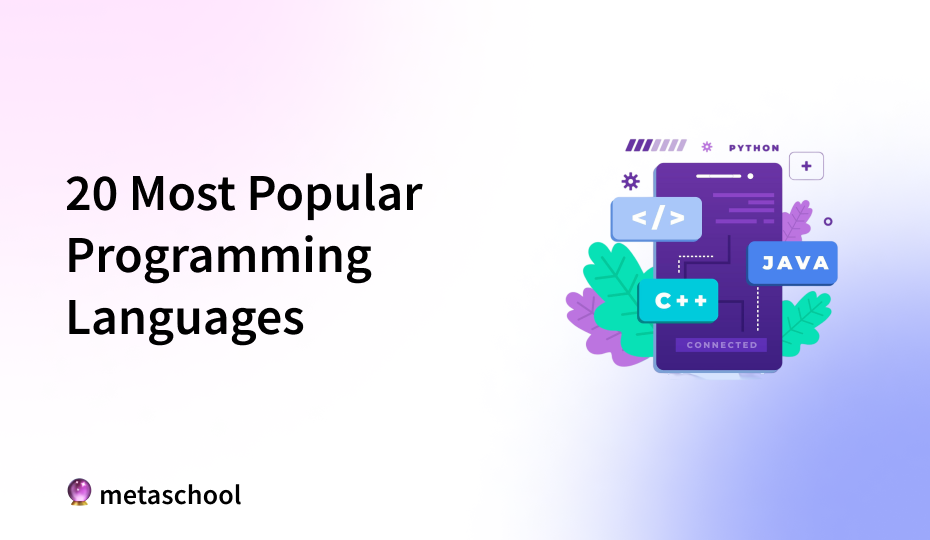Table of Contents
Programming languages are, of course, the backbone of software development. They allow developers to bring their ideas to life, solve complex problems, and build innovative solutions. The choice of programming language can significantly impact a developer’s career trajectory, influence the success of projects, and enhance productivity. As the demand for skilled developers continues to grow, understanding which languages are most popular—and why—can provide valuable insights into industry trends, job opportunities, and the tools that enable developers to thrive in their craft.
What makes a programming language popular?
Let’s talk about some factors that contribute to the popularity of programming languages.
- Community support: A strong, active community provides resources (most importantly documentation), libraries, and frameworks that make development faster and problem-solving easier. When developers can easily find answers and solutions, it helps solidify a programming language’s popularity.
- Versatility: Programming languages that work across diverse domains like web development, data science, mobile apps, etc. tend to attract a larger audience. This flexibility allows developers to use one language across different projects and industries, enhancing its appeal. Consequently, this allows developers to deepen their expertise in one language.
- Ease of learning: Programming languages with simpler syntax and readability attract beginners and self-taught programmers, growing the language’s user base more rapidly.
- Security: Strong security features are highly valued in industries where protecting sensitive data is a top priority, such as finance, healthcare, and cybersecurity. The more robust and secure a language’s environment, the more attractive it becomes to businesses and developers focusing on secure applications.
- Alignment with industry trends: When a programming language aligns with emerging fields or industry demands, it gains traction as more developers seek to work with relevant and in-demand technologies.
- Job demand: Languages in high demand within the job market signal industry trust and long-term viability. A popular programming language is often one that offers career opportunities and stability.
Industry Rankings for Most Popular Programming Languages
Popularity rankings for programming languages are often derived from a variety of reputable sources, each offering unique insights into industry trends. Here are some latest statistics from various sources that you should consider.
- The TIOBE Index is one of the most well-known rankings, based on the number of searches and queries made across multiple search engines. It reflects the overall usage and interest in different languages over time.

- Stack Overflow’s annual developer surveys provide another valuable perspective, capturing the preferences and experiences of millions of developers worldwide. These surveys offer insights into which languages are most loved, dreaded, and sought after by professionals.
- GitHub repositories provide insight into real-world usage, highlighting which languages are most commonly used in open-source projects and collaborative development. By examining these sources, we can gain a comprehensive understanding of the languages that are driving the industry forward.
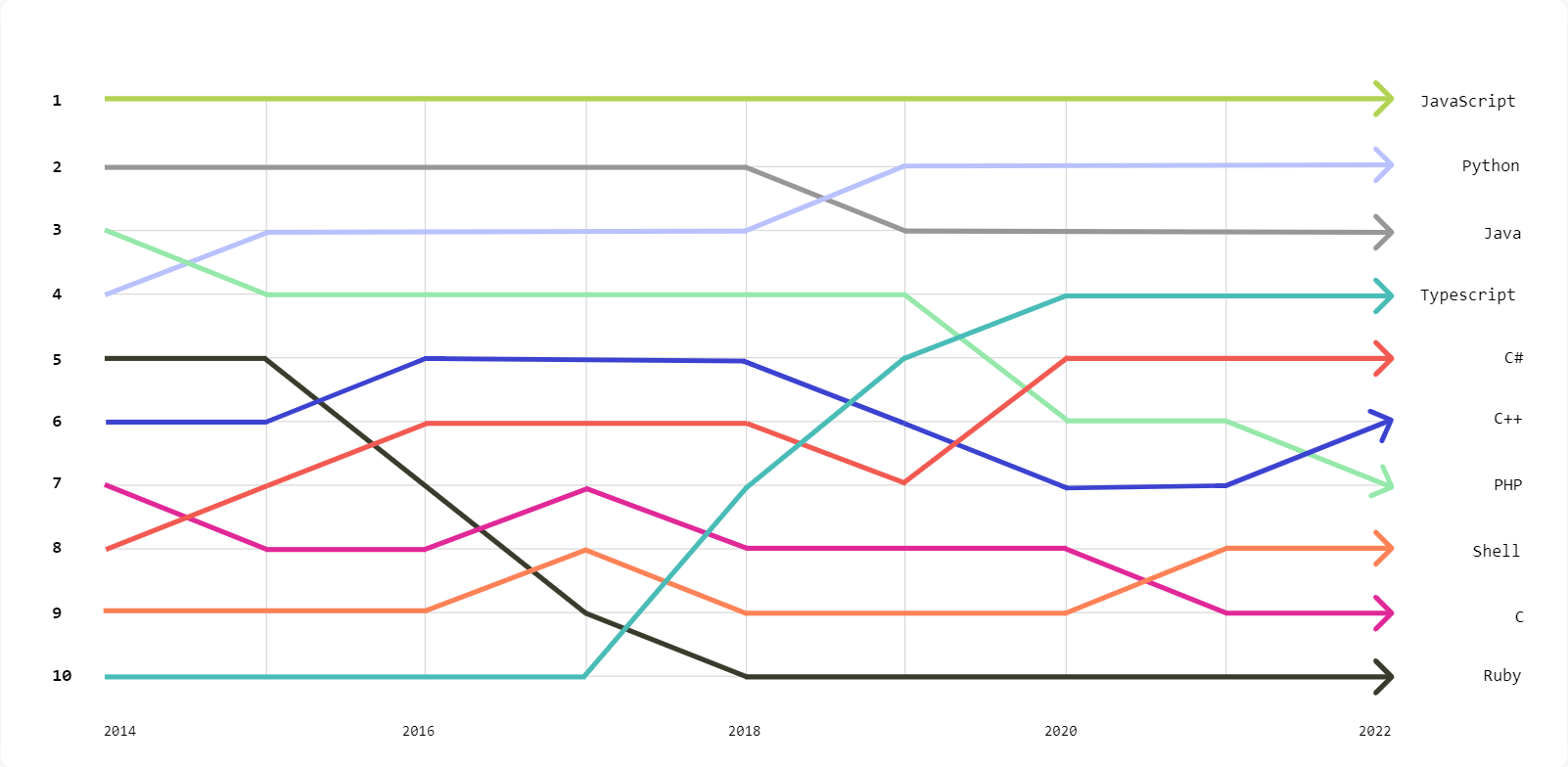
- The Popularity of Programming Language (PYPL) Index is another popular ranking system that is calculated by analyzing the frequency of searches for language tutorials on Google. The assumption is that the more a tutorial for a particular language is searched, the more popular that language is. This index serves as a leading indicator of a language’s popularity, with the raw data sourced from Google Trends.
These ranking systems provide valuable insights into the current landscape of programming languages. They highlight which languages are gaining traction or are emerging as important tools for developers and which ones may be becoming less popular or obsolete. By staying informed about these rankings, you can make more strategic decisions for your learning and career development, ensuring that you focus on languages that align with market demand and industry trends. You don’t want to spend hundreds on certifications and courses for a language that is no longer being used to develop software.
20+ Most Popular Programming Languages
Now it’s time to turn our attention to the 20 most popular programming languages of 2024. This list of the top languages will give you a clearer perspective on their role in the market, their advantages, and how they align with industry trends. This overview will help you identify which languages are most relevant to your career goals and how you can leverage them to stay competitive.
1. Python
Python is a high-level, general-purpose programming language renowned for its simplicity and versatility. It supports various programming paradigms, including object-oriented, imperative, procedural, and functional programming. Its growing popularity also translates into high demand for Python developers across multiple job roles.
Difficulty Level: Python is considered one of the easiest programming languages to learn. Its English-like syntax makes it an excellent choice for those starting a career in software development.
Pros
- Python’s straightforward syntax and readability make it easy to learn, especially for beginners.
- A large, active community provides extensive resources, libraries, and frameworks to support developers.
- Extensive libraries and frameworks that simplify tasks in web development, data science, and machine learning. It also supports large-scale applications with libraries for distributed computing and big data processing.
- Python is open-source, allowing developers to freely modify and adapt the code.
- Python’s simplicity and interactive tools like Jupyter make it ideal for rapid prototyping and experimentation.
- Python can be embedded into other languages, enabling seamless integration with languages like C++ and Java.
Cons
- Performance limitations due to Python’s interpreted nature, leading to slower execution compared to compiled languages like C++ or Java.
- Limited support and libraries for mobile development, making it less common in this area.
- Python’s dynamic nature leads to higher memory usage, which can be problematic for resource-limited environments.
- Garbage collection can cause performance lags and unpredictable memory behavior in long-running applications.
- Usage of extensive third-party libraries can expose it to vulnerabilities, making it less secure than some other languages.
- Dynamic typing increases flexibility but can lead to runtime errors, making debugging and maintenance harder.
- The Global Interpreter Lock (GIL) restricts true multithreading, causing performance issues in CPU-bound tasks requiring high concurrency.
Applications
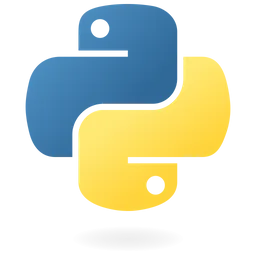
- Web Development: Frameworks like Django, Flask.
- Data Science & Machine Learning: Libraries like Pandas, NumPy, TensorFlow, Scikit-Learn.
- Automation & Scripting: Automating repetitive tasks with scripts and tools like Selenium.
- DevOps & System Administration: Server management, deployment automation, using tools like Ansible.
- Data Visualization: Libraries like Matplotlib, Seaborn, Plotly for creating data visualizations.
2. C++
C++ is a high-performance, general-purpose programming language known for its efficiency and control over system resources. It supports multiple programming paradigms, including procedural, object-oriented, and generic programming. C++ is widely used in system/software development, game development, and applications requiring high performance, contributing to its strong demand in the tech industry.
Difficulty Level: C++ is considered more complex to learn due to its intricate syntax and advanced features. Its detailed control over system resources requires a deeper understanding of programming concepts.
Pros
- Provides fast execution and fine-grained control over system resources for optimized applications.
- Code can be compiled and run on multiple operating systems without modification.
- Enables object-oriented, procedural, and generic programming, promoting code modularity and reuse.
- Offers control over memory allocation and deallocation, improving efficiency in resource-constrained environments.
- Strong backward compatibility with C, allowing the use of existing C codebases.
- Catches errors at compile time, making code easier to debug and maintain.
Cons
- Complex syntax and low-level features make it challenging for beginners to learn.
- Requires explicit handling of memory allocation, which can lead to errors and memory leaks.
- Lacks features like garbage collection, making coding and debugging more labor-intensive.
- No built-in libraries for tasks like database access or threading; requires external libraries or custom code.
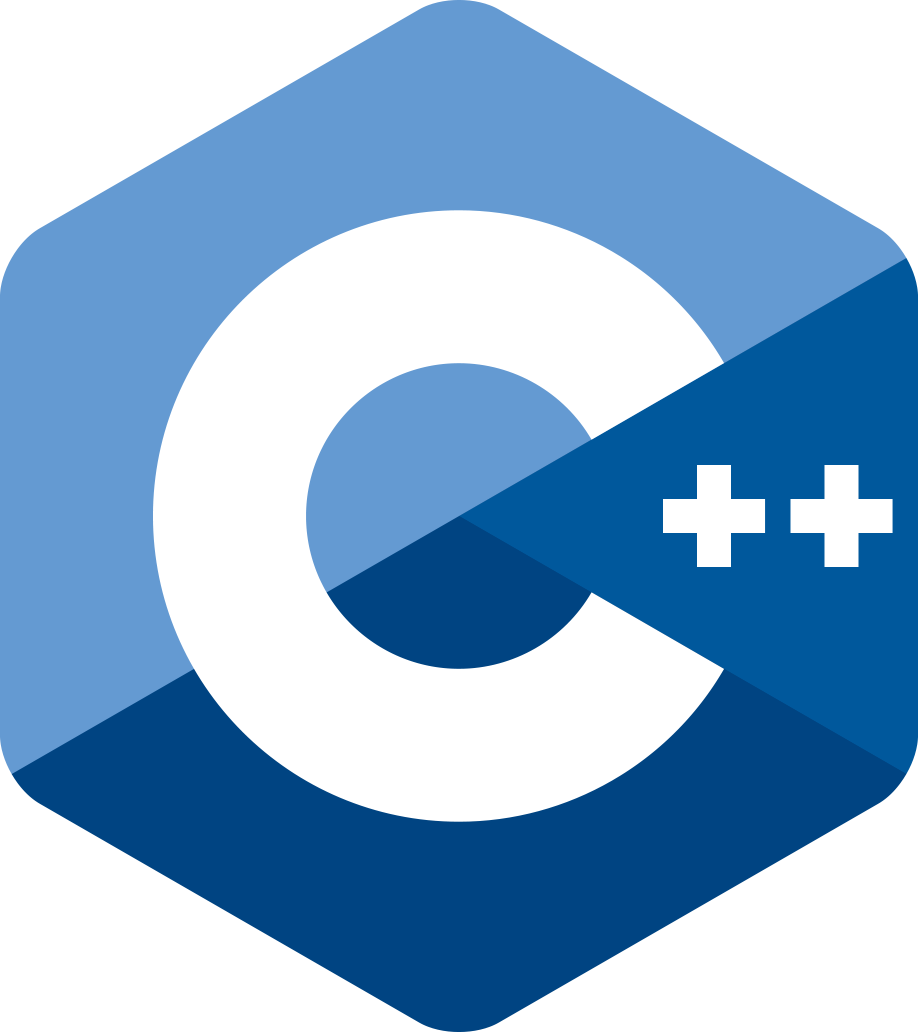
Applications
- System/Software Development: Core systems and applications, including operating systems.
- Game Development: High-performance game engines and graphics rendering.
- Embedded Systems: Control over hardware in devices.
- High-Performance Computing: Applications requiring intensive computation.
3. C
C is a foundational, high-performance programming language known for its simplicity and efficiency. It provides low-level access to memory and system resources, making it ideal for system programming and embedded systems. C supports procedural programming and has influenced many modern languages, contributing to its enduring relevance and demand in various technical fields.
Difficulty Level: C is considered relatively straightforward but requires a solid understanding of low-level programming concepts and manual memory management. Its simplicity is balanced by the need for careful handling of system resources.
Pros
- Direct access to memory and system resources, allowing for fast execution speed and minimal overhead.
- Simple and minimalistic syntax that provides a clear understanding of system operations.
- Offers strong control over hardware, making it ideal for low-level programming tasks.
- C compilers produce machine code quickly, enabling rapid development and execution of programs.
- Supports both static and dynamic memory allocation, providing flexibility in managing memory resources.
- C offers numerous built-in functions and the ability to create user-defined functions, facilitating development.
Cons
- Manual memory management can lead to errors and vulnerabilities, such as buffer overflows and segmentation faults.
- C does not support concepts like inheritance, polymorphism, encapsulation, or abstraction, making code reuse and organization more challenging compared to OOP languages.
- Steeper learning curve for those new to low-level programming and system management.
- C does not have automatic memory management, requiring developers to manually free memory, which can lead to memory leaks and increased complexity.
- C does not provide built-in mechanisms for error handling, making it harder to manage runtime errors and exceptions.
- C does not support namespaces, which can lead to naming conflicts when trying to define variables or functions with the same name.
Applications
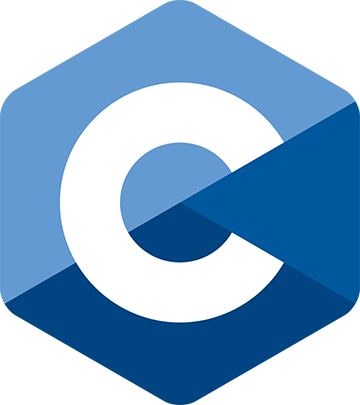
- System Programming: Operating systems, device drivers, and system utilities that require direct interaction with hardware.
- Embedded Systems: Providing low-level control over microcontrollers and embedded devices for applications in automotive, consumer electronics, and IoT.
- Application Development: Creation of core libraries, utilities, and high-performance applications.
- High-Performance Computing: Simulations, scientific computing, and complex algorithms.
- Game Development: Game engines and graphics programming.
4. Java
Java is a widely-used, high-level programming language known for its portability and object-oriented design. It follows the “write once, run anywhere” principle, allowing code to run on any platform with a Java Virtual Machine (JVM). Java supports a range of programming paradigms and is commonly used in enterprise environments, web applications, and Android development.
Difficulty Level: Java is considered moderately easy to learn, especially for those familiar with object-oriented programming concepts. Its syntax is straightforward and similar to other C-based languages, making it accessible to new developers.
Pros
- Platform independence allows code to run on any device with JVM.
- Strong object-oriented principles promote modular and maintainable code.
- Extensive libraries and frameworks support a wide range of applications.
- Large and active developer community, Java benefits from extensive resources, forums, and regular updates
- Java’s memory management includes automatic garbage collection which reduces memory management overhead.
- Multithreading support allows for better use of CPU resources resulting in improved application performance and responsiveness — especially during parallel processing.
Cons
- Slower than lower-level languages like C or C++ due to the overhead of the JVM and requires significant memory space which can impact performance and efficiency.
- Verbose syntax can lead to longer and more complex code compared to more concise languages.
- Memory management, while automatic, can sometimes lead to inefficiencies and garbage collection pauses.
- Poor GUI support, with limited capabilities in Java’s built-in GUI frameworks like Swing and JavaFX, making it less effective for building complex user interfaces.
- Paid license is required for Java 11 and above for commercial use.
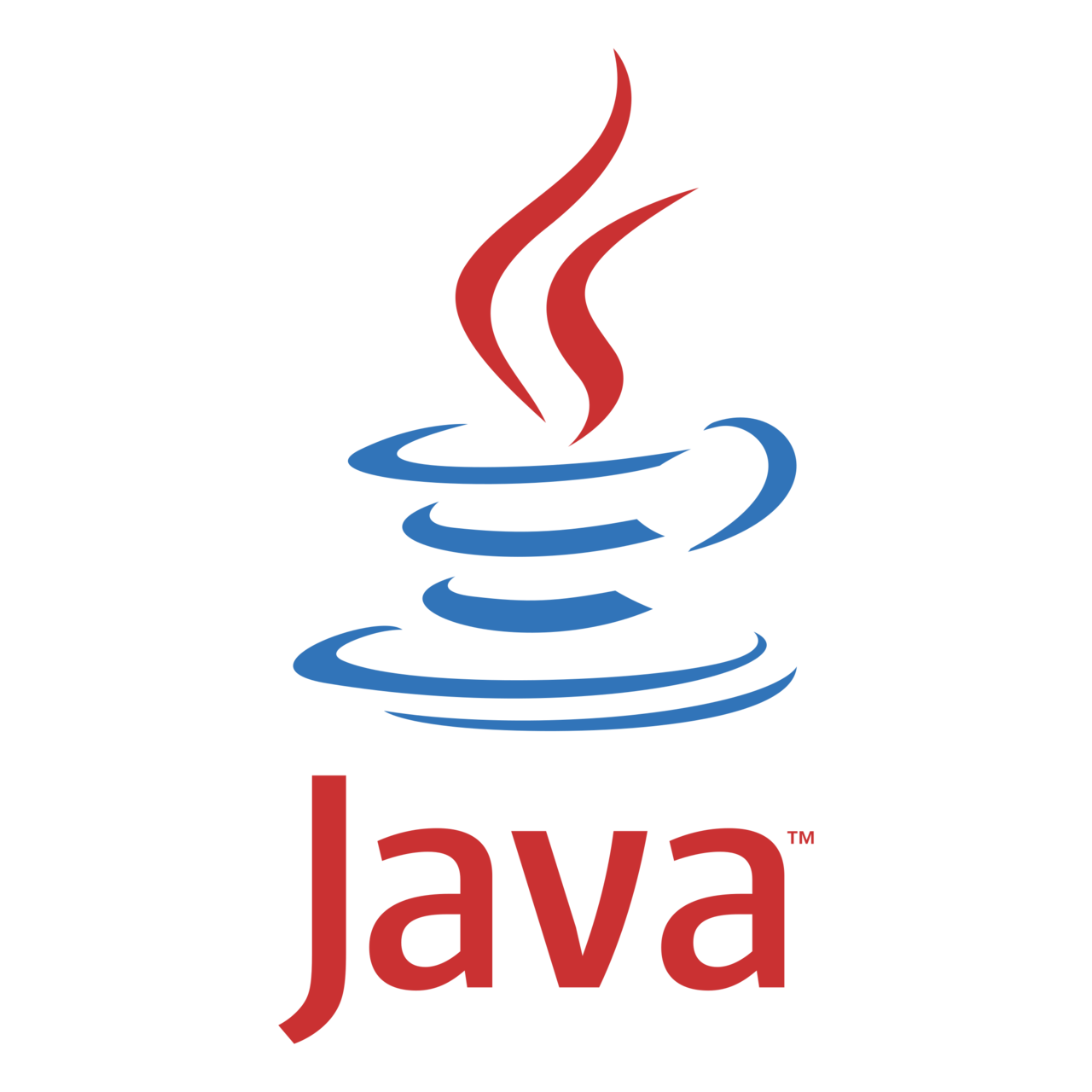
Applications
- Enterprise Applications: Large-scale business systems using frameworks like Spring.
- Web Development: Server-side applications with technologies like JavaServer Pages (JSP) and Servlets.
- Android Development: Building mobile applications using Android SDK.
- Big Data Technologies: Integration with tools like Hadoop.
5. C#
C# is a modern, object-oriented programming language developed by Microsoft, primarily used for developing applications on the .NET framework. It combines elements of C++ and Java, offering a balance of performance and ease of use. C# is widely employed in enterprise environments, game development, and Windows application development.
Difficulty Level: C# is considered moderately easy to learn, especially for those familiar with object-oriented programming. Its syntax is user-friendly and integrates well with the .NET framework, making it accessible to new and experienced developers alike.
Pros
- Strong integration with the .NET framework, providing extensive libraries and tools, including .NET Core for building web services and applications.
- Modern, object-oriented language features make code easier to read, test, and maintain.
- Type safety and a built-in garbage collector enhance code reliability and help prevent memory issues.
- High-level syntax makes C# more readable and easier to understand compared to lower-level languages.
- Excellent support and tools within the Microsoft ecosystem, including Visual Studio.
Cons
- Tied to the Microsoft ecosystem, which can limit cross-platform capabilities and make it dependent on Windows for execution.
- Requires code compilation after each change, which may introduce errors and increase debugging complexity.
- Steeper learning curve for developers not familiar with the .NET framework or Microsoft technologies.
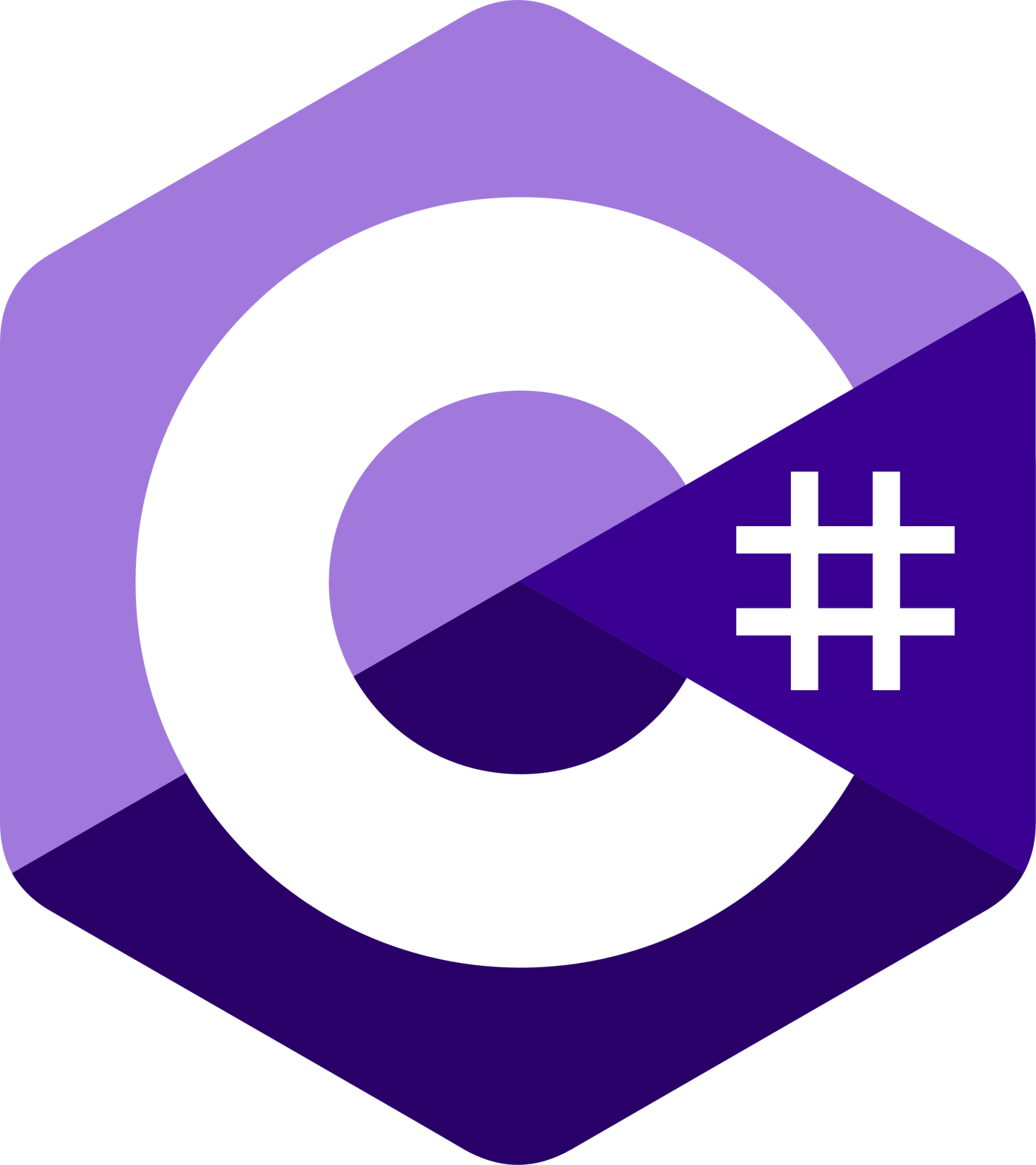
Applications
- Enterprise Applications: Business software using the .NET framework and ASP.NET.
- Game Development: Building games with Unity game engine.
- Windows Applications: Developing desktop applications with technologies like Windows Forms and WPF.
- Web Services: Creating APIs and web services with ASP.NET.
6. JavaScript
JavaScript is a versatile, high-level programming language primarily used for enhancing web pages and building interactive web applications. It runs natively in web browsers and supports a range of programming paradigms, including event-driven and functional programming. JavaScript is essential for front-end development and increasingly used on the server side with environments like Node.js.
Difficulty Level: JavaScript is relatively easy to learn for beginners, especially those focusing on web development. Its syntax is straightforward, and it integrates seamlessly with HTML and CSS.
Pros
- Core language for interactive web development, with native support in all major browsers.
- Versatile, used for both client-side and server-side programming.
- Allows for rapid prototyping, scalable production code, and seamless use across servers and browsers.
- Ability to process data on the client side decreases server load and response time, enhancing performance and reducing costs.
- Rich ecosystem of libraries and frameworks, such as React, Angular, and Express accelerate development.
- Frameworks like React and Angular include built-in client-side security measures.
- Active community and extensive resources for learning and troubleshooting.
Cons
- Dynamic typing can lead to runtime errors that are hard to debug.
- Debugging tools are not very advanced which can make troubleshooting more time-consuming and reduce development efficiency.
- Performance issues can arise in complex applications compared to compiled languages.
- Browser inconsistencies can affect how code runs across different platforms, necessitating thorough testing to ensure compatibility.
- Applications running on the client-side can be exposed to security risks like XSS (Cross-Site Scripting) if not coded securely.
- While client-side processing reduces server load, large-scale data handling on the client side can strain servers, particularly for high-traffic applications.
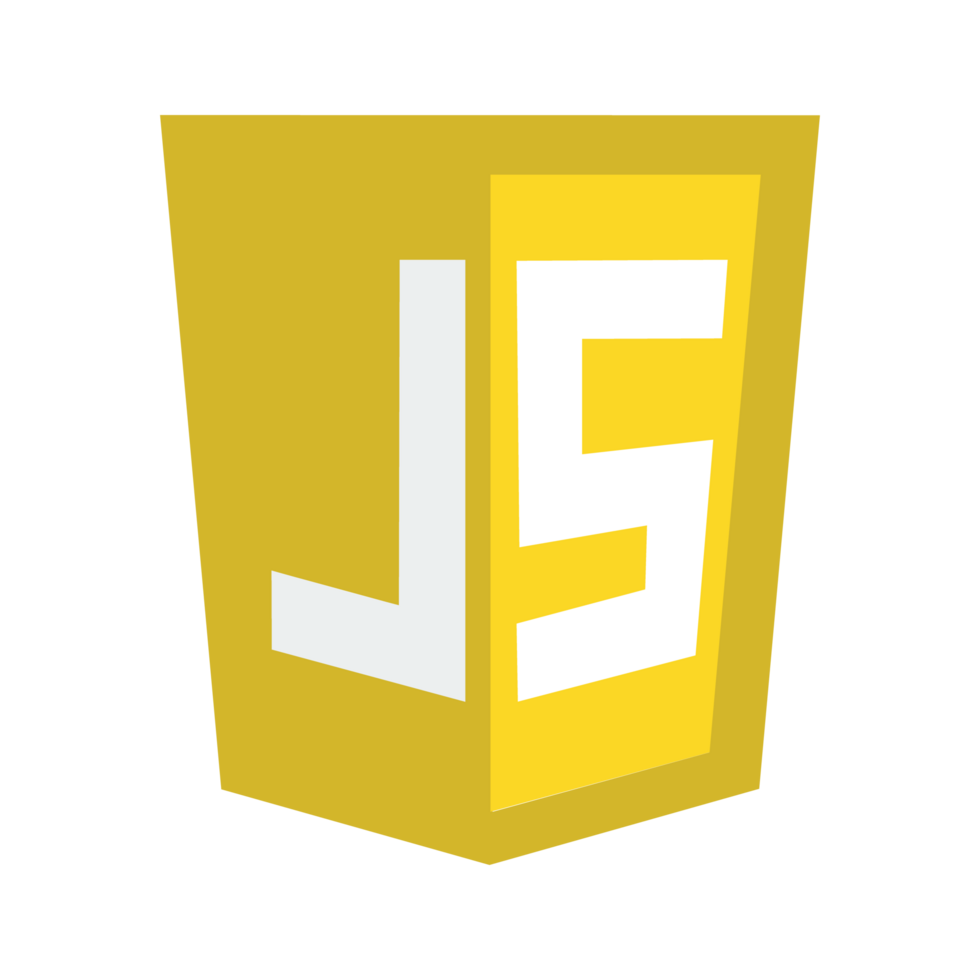
Applications
- Web Development: Enhancing web pages and creating interactive UIs.
- Server-Side Development: Building scalable network applications with Node.js.
- Mobile Development: Developing cross-platform mobile apps using React Native.
- Game Development: Crafting browser-based games and interactive content.
- IoT Applications: Connecting and managing IoT devices through frameworks like Johnny-Five.
7. SQL
SQL (Structured Query Language) is a specialized programming language designed for managing and querying relational databases. It enables users to perform operations such as data retrieval, insertion, updating, and deletion. SQL is essential for interacting with databases and is widely used in various applications that require data management.
Difficulty Level: SQL is relatively easy to learn, especially for those familiar with database concepts. Its syntax is straightforward for performing common database operations, though complex queries and advanced features may require more experience.
Pros
- Essential for interacting with relational databases and performing data management tasks.
- Standardized language with widespread support across various database systems.
- Powerful querying capabilities for data retrieval and manipulation.
- Relatively easy to learn and use for basic operations.
Cons
- Limited to database management tasks; not suitable for general-purpose programming.
- Performance can be affected by complex queries and large datasets.
- Requires knowledge of database design and normalization for optimal use.
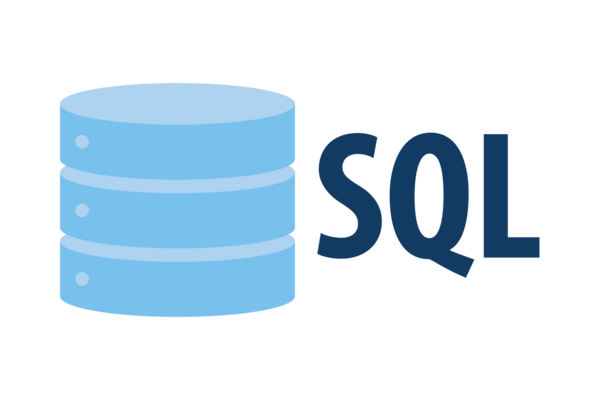
Applications
- Database Management: Creating, modifying, and managing database structures.
- Data Retrieval: Querying and extracting data from relational databases.
- Data Manipulation: Inserting, updating, and deleting records.
- Reporting: Generating reports and analytics from stored data.
8. Visual Basic
Visual Basic (VB) is a high-level programming language developed by Microsoft, designed to simplify the development of Windows applications. Known for its user-friendly interface and rapid application development (RAD) capabilities, VB is primarily used for creating Windows-based software and automating tasks within Microsoft Office applications.
Difficulty Level: Visual Basic is considered easy to learn, especially for beginners. Its visual design tools and straightforward syntax facilitate rapid development and make it accessible to those new to programming.
Pros
- User-friendly and designed for rapid application development with its visual design tools.
- Integrates well with Microsoft Office, allowing for automation and customizations.
- Simplifies the creation of GUIs with its drag-and-drop interface.
- Strong support within the Microsoft ecosystem and development environment.
Cons
- Limited to the Windows platform, which can restrict cross-platform development.
- Less common in modern application development compared to newer languages.
- Can lead to less efficient code if not carefully managed, especially for complex applications.
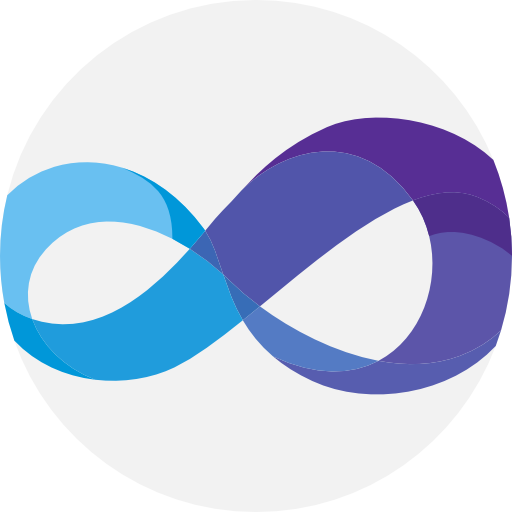
Applications
- Windows Applications: Developing desktop applications with graphical user interfaces (GUIs).
- Microsoft Office Automation: Creating macros and automation scripts for Office applications.
- Business Applications: Building internal tools and utilities for business processes.
- Rapid Prototyping: Quickly developing and testing application prototypes.
9. Golang
Go, also known as Golang, is an open-source programming language developed by Google, designed for simplicity, efficiency, and performance. Known for its strong support for concurrency and fast execution, Go is well-suited for building scalable systems and networked applications.
Difficulty Level: Go is relatively easy to learn, especially for those familiar with C-style languages. Its simple syntax and built-in concurrency features make it accessible while maintaining strong performance capabilities.
Pros
- Simple and clean syntax that promotes readability and ease of use.
- Strong support for concurrency with goroutines and channels, enabling efficient multi-threaded operations.
- Compiled language with fast execution and efficient performance.
- Excellent for building scalable systems and microservices.
Cons
- Limited support for certain features found in more mature languages, such as generics (though this is changing).
- Smaller standard library compared to languages like Python or Java.
- Less flexible in terms of programming paradigms, focusing mainly on procedural programming.

Applications
- System Programming: Developing high-performance system tools and utilities.
- Web Development: Building scalable web servers and APIs.
- Cloud Services: Creating cloud-native applications and microservices.
- Networking: Developing networked services and distributed systems.
10. Fortran
Fortran (short for “Formula Translation”) is a high-level programming language developed in the 1950s, primarily designed for scientific and engineering calculations. Known for its powerful numerical and computational capabilities, Fortran remains widely used in fields that require intensive mathematical and scientific computations.
Difficulty Level: Fortran is relatively straightforward for those familiar with its domain-specific applications. Its syntax is specialized for numerical and scientific tasks, which may be less familiar to general-purpose programmers.
Pros
- Highly efficient for numerical and scientific computations, with strong performance in mathematical tasks.
- Long history and stability, with extensive libraries and existing codebases in scientific fields.
- Optimized for high-performance computing, making it suitable for large-scale simulations.
Cons
- Older syntax and features that may feel outdated compared to modern programming languages.
- Less versatile for general-purpose programming compared to languages like Python or Java.
- Smaller community and fewer resources available for new developers.
Applications

- Scientific Computing: Performing complex mathematical simulations and analyses.
- Engineering Simulations: Developing models for engineering applications, such as fluid dynamics and structural analysis.
- High-Performance Computing: Running large-scale simulations on supercomputers.
- Numerical Analysis: Handling tasks involving large datasets and complex numerical computations.
11. MATLAB
MATLAB (Matrix Laboratory) is a high-level programming language and environment developed for numerical computing, data analysis, and visualization. It is widely used in academia, engineering, and scientific research for its powerful matrix operations and extensive toolboxes.
Difficulty Level: MATLAB is relatively easy to learn for those familiar with mathematical and matrix operations. Its high-level syntax and built-in functions facilitate rapid development and experimentation.
Pros
- Powerful for matrix operations and numerical computations with extensive built-in functions.
- User-friendly interface with tools for visualization and interactive data analysis.
- Strong support for algorithm development, modeling, and simulation.
- Widely used in academic and research settings, with numerous toolboxes for specialized applications.
Cons
- Proprietary software with a high licensing cost, which can be a barrier for some users.
- Less suited for general-purpose programming or large-scale software development.
- Limited support for integration with some other programming languages and environments.
Applications

- Numerical Computing: Performing complex mathematical computations and simulations.
- Data Analysis: Analyzing and visualizing large datasets with built-in functions and toolboxes.
- Algorithm Development: Designing and testing algorithms for engineering and scientific applications.
- Modeling and Simulation: Creating models and simulations for various scientific and engineering problems.
12. Delphi
Delphi is a high-level programming language and integrated development environment (IDE) developed by Borland, designed for rapid application development (RAD) of Windows applications. It is known for its strong support for visual programming and component-based design.
Difficulty Level: Delphi is relatively easy to learn, particularly for those familiar with Object Pascal or visual programming concepts. Its visual design tools and component-based approach simplify application development.
Pros
- Strong RAD capabilities with visual design tools and component-based architecture.
- Robust support for Windows application development and database connectivity.
- Allows rapid development and deployment of desktop applications.
- Supports integration with existing Pascal codebases and libraries.
Cons
- Primarily focused on Windows, limiting cross-platform development capabilities.
- Less commonly used in modern development compared to newer languages and frameworks.
- Proprietary nature of the IDE and language, which can be costly for licensing.
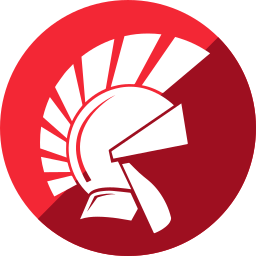
Applications
- Windows Application Development: Creating desktop applications with graphical user interfaces (GUIs).
- Database Applications: Building database-driven applications with robust database connectivity.
- Rapid Prototyping: Quickly developing and testing application prototypes.
- Legacy System Maintenance: Updating and maintaining older applications originally developed in Delphi.
13. PHP
PHP (Hypertext Preprocessor) is a widely-used, open-source scripting language designed for web development. It is embedded within HTML and commonly used to create dynamic and interactive web pages. PHP is known for its server-side capabilities and integration with databases.
Difficulty Level: PHP is relatively easy to learn for beginners, especially those familiar with HTML and web development concepts. Its syntax is straightforward and designed for rapid development of web applications.
Pros
- Widely used for server-side web development with strong integration capabilities for databases.
- Easy to learn and deploy, with extensive documentation and a large community.
- Flexible and adaptable for various web development tasks, including dynamic content generation.
- Open-source with a rich ecosystem of frameworks and libraries.
Cons
- Inconsistent function naming and behavior can lead to confusion and bugs.
- Performance issues in complex applications compared to compiled languages.
- Security concerns if not properly managed, as older or poorly written PHP code may be vulnerable.
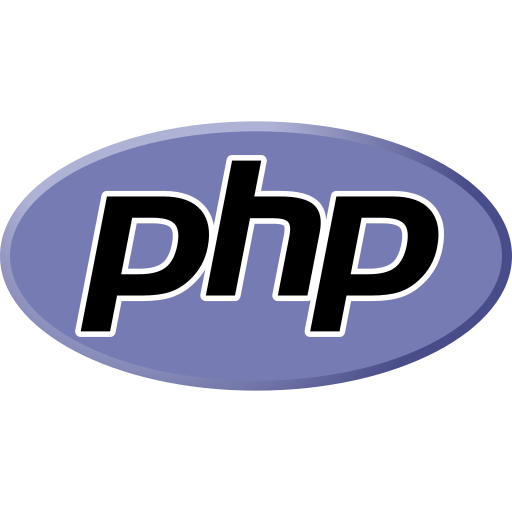
Applications
- Web Development: Building dynamic and interactive websites and web applications.
- Server-Side Scripting: Generating HTML and handling backend operations on web servers.
- Content Management Systems (CMS): Developing and customizing CMS platforms like WordPress and Joomla.
- E-Commerce: Creating and managing online stores and payment systems.
14. Rust
Rust is a modern, systems programming language designed for safety, concurrency, and performance. Developed by Mozilla, it aims to provide memory safety without sacrificing speed, making it suitable for systems-level programming and applications where performance is critical.
Difficulty Level: Rust has a steeper learning curve compared to some other languages due to its emphasis on memory safety and ownership principles. However, its focus on preventing common programming errors makes it a powerful tool for those who master it.
Pros
- Strong memory safety guarantees without needing a garbage collector.
- Excellent support for concurrency and parallelism, reducing the risk of data races.
- High performance similar to C++ but with safer memory management.
- Growing ecosystem and community with extensive documentation and tooling.
Cons
- Steeper learning curve due to its unique ownership and borrowing concepts.
- Smaller ecosystem compared to more established languages, though it is rapidly growing.
- Compilation times can be longer, particularly for complex projects.
Applications

- Systems Programming: Building operating systems, device drivers, and other low-level system components.
- Web Assembly: Developing high-performance web applications and modules.
- Concurrent and Parallel Programming: Creating applications that require safe concurrent execution.
- High-Performance Computing: Applications where performance and safety are crucial, such as game engines and simulations.
15. Ruby
Ruby is a high-level, dynamic programming language known for its simplicity and productivity. It emphasizes human-readable code and is designed to make programming a joyful experience. Ruby is widely recognized for its role in web development, particularly through the Ruby on Rails framework.
Difficulty Level: Ruby is considered easy to learn and use due to its readable syntax and focus on simplicity. Its design promotes productivity and makes it accessible to beginners and experienced developers alike.
Pros
- Human-readable syntax enhances code maintainability and boosts developer productivity, reducing repetitive tasks and code complexity.
- Thriving developer community offers a wide array of reusable code snippets (“gems”) and open-source libraries.
- Ruby on Rails accelerates development cycles, making it ideal for MVPs and startups looking to launch quickly.
- Conventions like MVC and DRY enable streamlined development, simplifying configuration and integrating smoothly with front-end frameworks.
Cons
- Performance may be slower compared to compiled languages like C++ or Java which can affect scalability, especially in large-scale applications.
- Excels in web applications but can be challenging to adapt for non-web use cases or non-standard features, requiring extra configuration and development time.
- Less commonly used for non-web applications compared to languages like Python or JavaScript.
- Can be less efficient in handling high-concurrency scenarios without additional optimization.
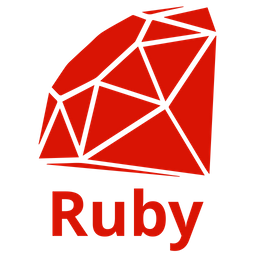
To familiarise yourself with conventions like MVC and DRY and get started with Ruby on Rails, checkout this comprehensive guide.
Applications
- Web Development: Building web applications with the Ruby on Rails framework.
- Scripting: Writing scripts for automation and data processing.
- Prototyping: Rapidly developing prototypes and proof-of-concept applications.
- Software Development: Creating desktop applications and tools.
16. Swift
Swift is a modern, high-performance programming language developed by Apple, designed for building iOS, macOS, watchOS, and tvOS applications. It emphasizes safety, performance, and ease of use, making it a popular choice for developing applications within the Apple ecosystem.
Difficulty Level: Swift is relatively easy to learn, especially for those familiar with other modern programming languages. Its clear syntax and emphasis on safety make it accessible to both new and experienced developers.
Pros
- Concise syntax and Automatic Reference Counting (ARC) allow faster app development and reduced memory management.
- Strong typing and error handling minimize runtime crashes, improving app stability.
- High performance with optimizations for both speed and efficiency.
- Dynamic libraries in Swift lower app size by loading libraries as needed, decreasing memory footprint.
- Easy integration with existing Objective-C code and libraries, facilitating transition and interoperability.
- Supports Apple devices and also integrates with Linux and Windows.
- Open-source support from Apple and IBM fosters a strong community and learning resources.
Cons
- Limited to Apple platforms, which can restrict cross-platform development despite having limited support for Linux and Windows.
- Newer than many established languages, and some libraries and features are still maturing.
- Frequent updates and changes to the language can require developers to adapt to new versions.
- Xcode, the primary IDE for Swift, has limitations in tooling, with reported issues in areas like syntax highlighting, autocomplete, and refactoring.
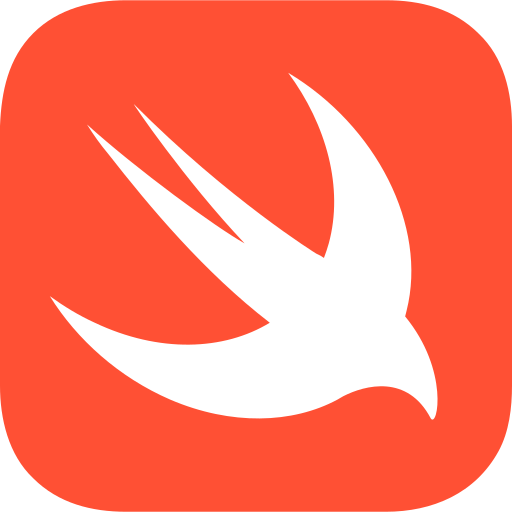
Applications
- iOS Development: Creating apps for iPhones and iPads.
- macOS Development: Developing software for macOS.
- watchOS Development: Building applications for Apple Watch.
- tvOS Development: Designing apps for Apple TV.
17. Assembly language
Assembly language is a low-level programming language that provides a symbolic representation of a computer’s machine code. It is closely related to the architecture of the underlying hardware and is used for tasks requiring direct hardware manipulation and high performance.
Difficulty Level: Assembly language is challenging to learn due to its low-level nature and the need to understand the underlying hardware architecture. It requires detailed knowledge of machine instructions and memory management.
Pros
- Assembly allows direct access to machine registers and I/O, enabling precise manipulation of system resources.
- High performance due to minimal abstraction and direct access to machine instructions.
- Controlling code behavior in critical sections, preventing deadlocks between threads or hardware devices.
- Facilitates the creation of interfaces between code fragments produced by different compilers or using incompatible conventions.
- Developers can break usual compiler conventions for optimizations, improving performance in tight loops or specific use cases.
Cons
- Steep learning curve with complex syntax and low-level programming concepts.
- More prone to errors and harder to maintain and debug compared to high-level languages.
- Code is often specific to a particular hardware architecture making it non portable and optimized for certain applications.
- Changes in algorithmic design may require rewriting existing assembly code, limiting flexibility and adaptability.
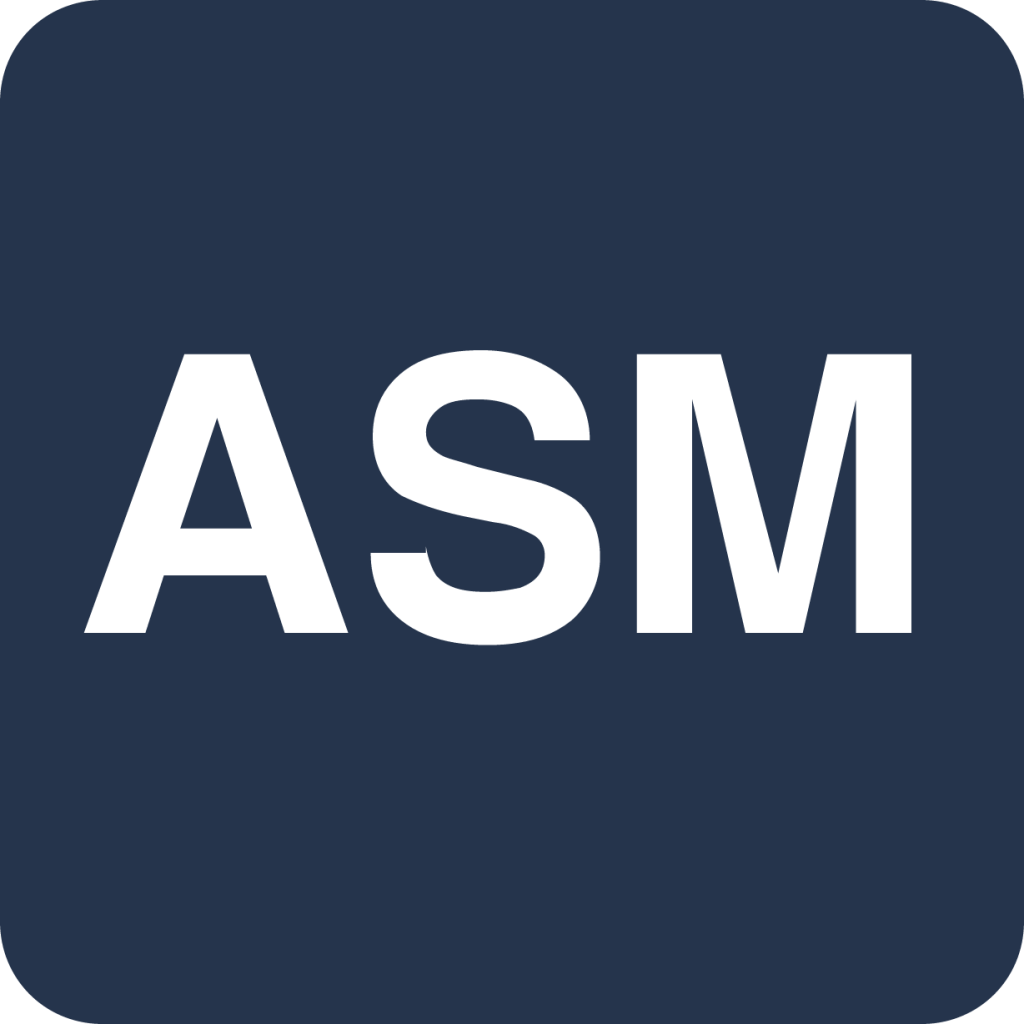
Applications
- Systems Programming: Writing operating systems and device drivers.
- Embedded Systems: Developing firmware and low-level code for hardware devices.
- Performance Optimization: Fine-tuning performance-critical sections of code.
- Reverse Engineering: Analyzing and understanding machine code for security research and debugging.
18. Kotlin
Kotlin is a modern, statically-typed programming language developed by JetBrains, designed to be fully interoperable with Java and to enhance productivity for Android and JVM-based development. It emphasizes conciseness, safety, and toolability.
Difficulty Level: Kotlin is relatively easy to learn, especially for those familiar with Java or other modern languages. Its concise syntax and safety features streamline development and reduce common programming errors.
Pros
- Fully interoperable with Java, allowing the use of existing Java libraries and frameworks.
- Minimizes boilerplate, using features like data classes and smart casts for more readable and maintainable code.
- Resolves common Java issues like
NullPointerExceptionswith null safety, making code more reliable and easier to maintain. - Kotlin’s compiler identifies potential bugs during compile time, reducing runtime errors and streamlining the debugging process.
- Officially supported by Google for Android development, with robust tools and documentation.
Cons
- Number of Kotlin developers is significantly smaller than Java developers, making it harder to find talent.
- Learning resources for Kotlin are less comprehensive than those for Java, posing challenges for beginners.
- Initial build compilation is slower than Java’s, though incremental builds are significantly faster.
- New developers may need time and training to adapt to the differences between Java and Kotlin.

Applications
- Android Development: Building native mobile applications for Android.
- JVM Development: Creating applications that run on the Java Virtual Machine.
- Web Development: Using frameworks like Ktor for server-side applications.
- Desktop Applications: Developing cross-platform desktop apps with frameworks like TornadoFX.
19. R
R is a programming language and environment specifically designed for statistical computing and data analysis. It is widely used in academia, research, and industry for its extensive suite of tools and libraries for statistical modeling, data visualization, and data manipulation.
Difficulty Level: R is relatively easy to learn for users with a background in statistics or data analysis. Its specialized syntax is tailored for statistical operations, though it may be less familiar to those without a statistics background.
Pros
- Open-source and platform-independent, enabling use across various operating systems.
- Statistical and machine learning tools, with specialized packages for operations like data classification, regression, and neural networks.
- Strong data wrangling capabilities with packages such as
dplyrandreadrthat efficiently structure messy data. - Excellent data visualization capabilities with packages like
ggplot2andplotly. - Strong support in academic and research communities with extensive documentation and resources.
- Open-source with a large, active community contributing to its development.
Cons
- Less suitable for general-purpose programming compared to versatile languages like Python, as it’s primarily geared toward data analysis.
- Performance can be slower for large datasets or complex computations compared to compiled languages.
- Steeper learning curve for users unfamiliar with statistical concepts and R’s syntax.
- Lacks basic security features, limiting its use in web applications or secure environments.
- Limited support for dynamic or 3D graphics making it less suitable for advanced graphical applications.
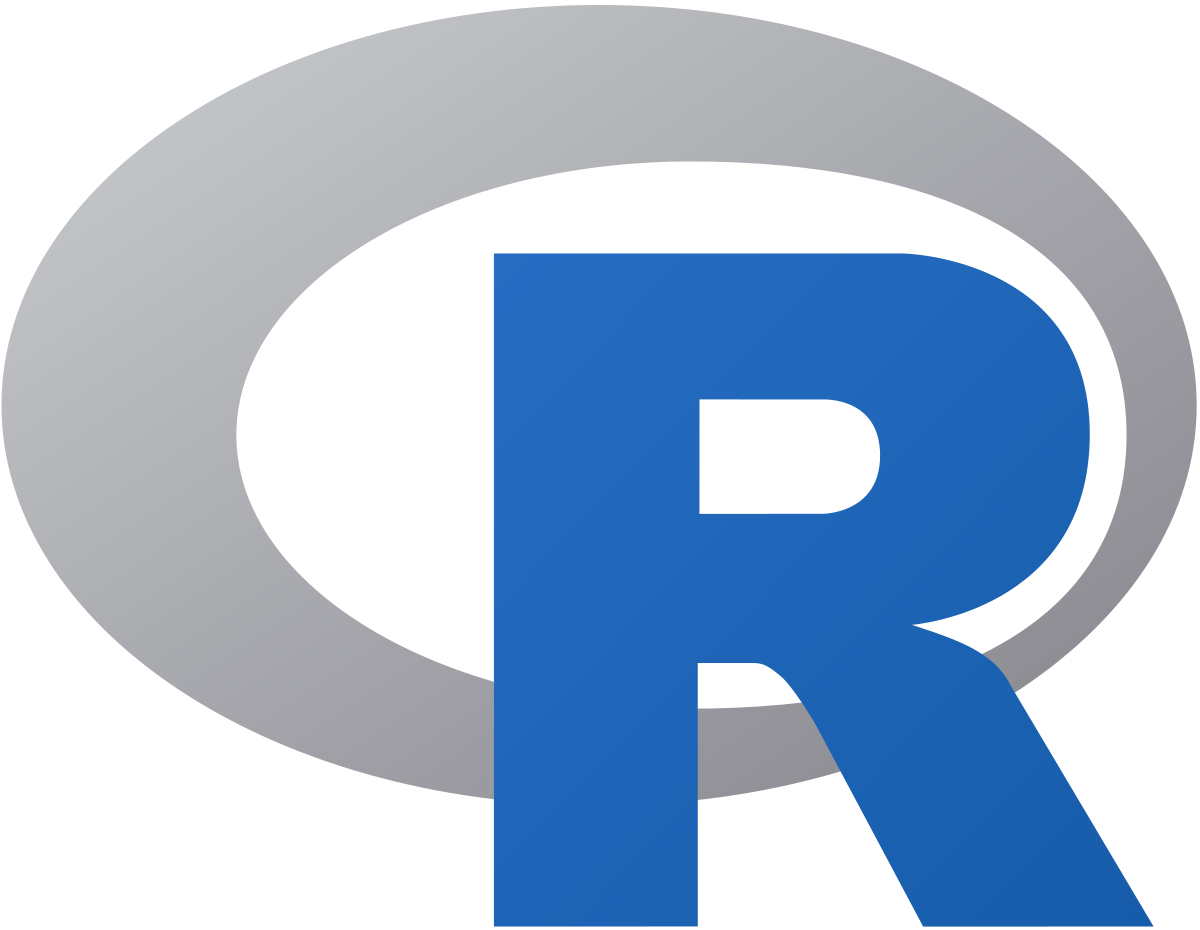
Applications
- Statistical Analysis: Performing complex statistical tests and modeling.
- Data Visualization: Creating detailed and customizable charts and plots.
- Data Manipulation: Cleaning and transforming data for analysis.
- Academic Research: Conducting and presenting research in various scientific fields.
20. Scratch
Scratch is a visual programming language designed primarily for children and beginners to learn the basics of coding through interactive, drag-and-drop programming. Developed by the MIT Media Lab, Scratch enables users to create animations, games, and interactive stories using a graphical interface.
Difficulty Level: Scratch is very beginner-friendly, with a focus on visual programming and easy-to-understand blocks. Its intuitive interface makes it accessible to users with no prior programming experience.
Pros
- Easy-to-understand, drag-and-drop interface designed with kids in mind, making it accessible and fun.
- Encourages logical thinking and problem-solving as kids build projects like games, animations, or stories.
- Helps develop foundational programming and computational skills without needing a compiler, as code can run even with minor errors.
- Strong educational resources and a supportive community for sharing and learning from others.
- Free to use, allowing anyone—kids, adults, or teachers—to explore programming at no cost.
- Scratch is easily accessible as it does not require any installations or special programs to run.
Cons
- Lacks advanced coding tools like code compilation, version control, and efficient code management, which are essential as skills progress.
- Lacks support for 3D projects, limiting creativity and exploration in increasingly popular 3D environments.
- Code quality issues like dead code and duplication results in reduced efficiency.
- Less flexible than text-based languages for advanced programming tasks.
- Primarily geared towards educational purposes, with limited application in professional development.
- Sharing projects can lead to others reusing or repurposing your work, potentially without proper credit.
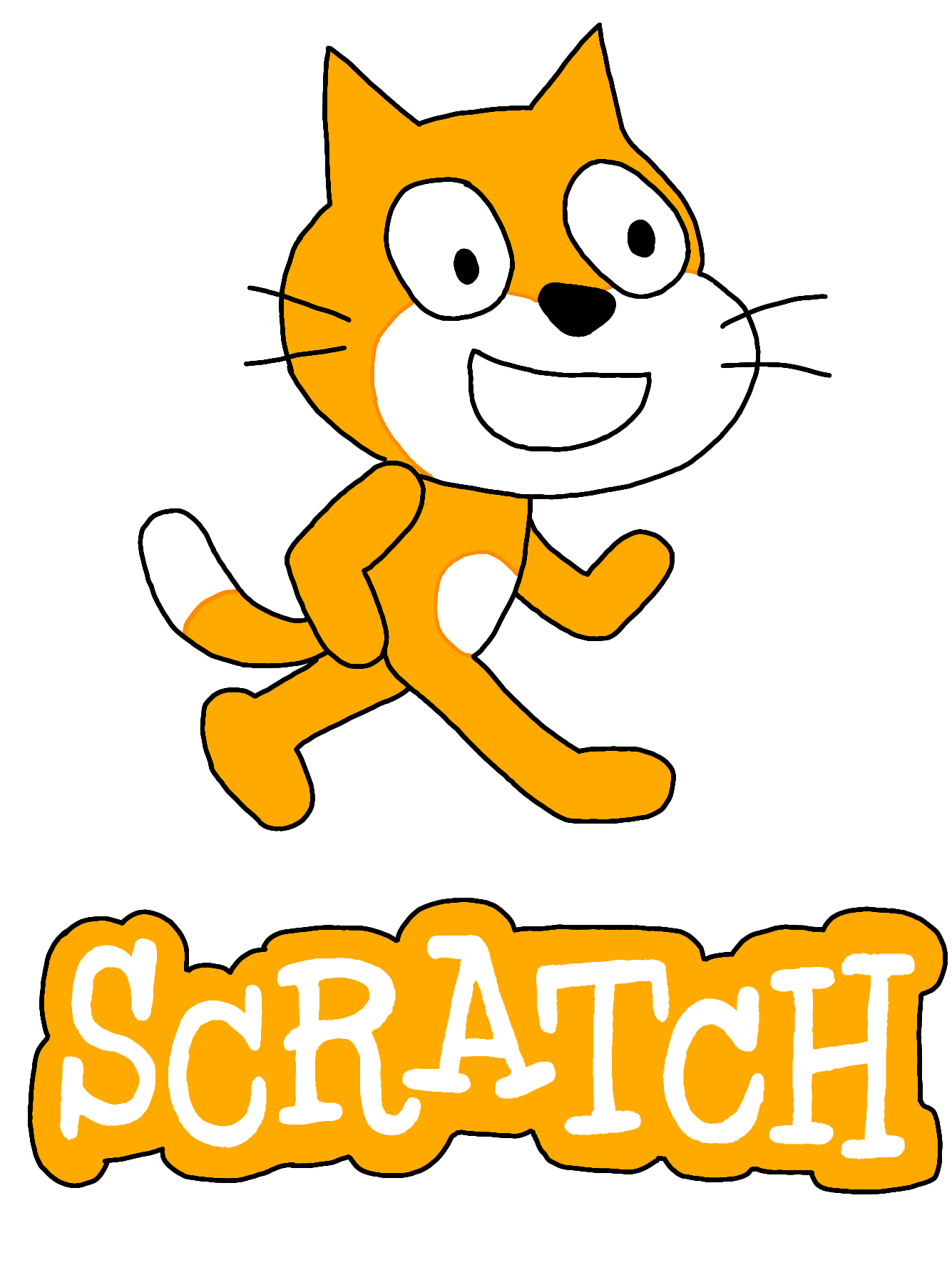
Applications
- Educational Projects: Teaching coding concepts and logic to children and beginners.
- Interactive Stories: Creating narratives and interactive experiences.
- Games: Developing simple games and interactive activities.
- Creative Arts: Designing animations and multimedia projects.
After exploring the top 20 most popular programming languages, it’s also important to consider emerging technologies that are shaping the future of development. Web3 is one such area that is gaining significant momentum. It brings decentralized applications and blockchain technology to the forefront, creating new opportunities for developers.
Bonus Picks
To stay ahead in this cutting-edge field, it’s essential to familiarize yourself with the key languages driving Web3 innovation. To help you get started, metaschool offers a range of courses specifically tailored to Web3 development, providing the skills and knowledge needed to thrive in this cutting-edge field. Let’s take a look at some of the most popular programming languages powering the Web3 revolution.
21. Solidity
Solidity is a statically-typed, contract-oriented programming language specifically designed for developing smart contracts on the Ethereum blockchain. Created with a syntax similar to JavaScript, Solidity is the go-to language for writing decentralized applications (dApps) that run on Ethereum’s virtual machine. Its primary use is to encode the logic of smart contracts, which are self-executing contracts with the terms of the agreement directly written into code.
Here are a few free solidity courses that you can enrol into and learn how to code in Solidity.
- Learn to write a smart contract in Solidity.
- Learn how to build a dApp in Solidity
22. Move
Move is a resource-oriented programming language developed by Facebook (now Meta) for the Diem (formerly Libra) blockchain, now also adopted by other platforms like Aptos and Sui. Designed with a focus on safety and flexibility, Move allows developers to write secure, high-performance smart contracts. Its unique approach to resource management and transaction logic makes it particularly well-suited for blockchain applications that require precise control over digital assets and their movements.
Choosing the Right Language
When choosing a programming language, it’s important to take into account a number of factors that complement your long-term professional objectives, team expertise, and project requirements. The particular requirements of your project, such as ease of development, scalability, or performance, should direct your decision. For easier collaboration and fewer learning curves, it’s also critical to take into account how well-versed your team is in the language. Keeping up with industry trends and the demand for specific languages can help you make strategic decisions for career advancement that are in line with the changing tech landscape.
Follow updates from important industry players, participate in forums, and routinely interact with developer communities to stay ahead. Monitoring well-known indices such as the TIOBE Index or surveys from websites like Stack Overflow can yield important information about which languages are becoming more popular and why. Maintaining contact with these resources will help you take advantage of new opportunities and adjust to changes.
Conclusion
In this article, we’ve explored the top 20 programming languages shaping today’s tech industry, each with its own strengths, use cases, and learning curves. Whether you’re just starting out or looking to expand your skillset, understanding these languages will help you make informed decisions tailored to your goals.
As the tech landscape continues to evolve, it’s crucial to remain curious and proactive in your learning journey. Choose the language that best fits your current needs, but don’t hesitate to explore new ones that can open up future opportunities. Your dedication to continuous learning and adaptability will be the key to success in the ever-changing world of software development.
FAQs
What programming language is most widely used?
JavaScript is mentioned as one of the most popular programming language to learn, and it’s reported that nearly 98 percent of all websites use it as a front-end programming language, making it the most widely used.
Which programming language is most in demand?
Python is one of the most versatile and widely used programming language, making it highly in demand. It’s used for a range of applications from web development to data analysis and machine learning.
Should I learn Java or Python?
Learn Python if you’re looking for versatility and simplicity, especially if you’re interested in areas like data analysis, AI, or web development. However, Java might be a better fit if you’re looking into Android development or want to work with large enterprise systems, as it is a robust and widely-used language in those domains. The decision depends on your career goals and the specific applications you’re interested in.
